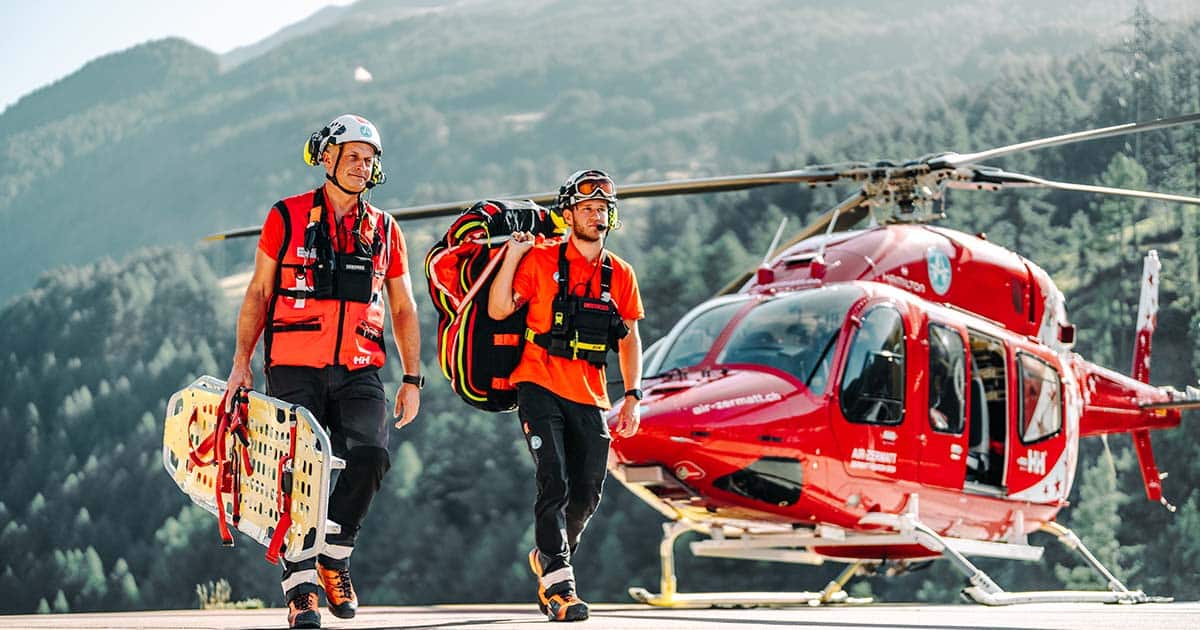
The role of helicopters in search and rescue operations: specialized training
Descubre cómo los helicópteros son esenciales en las operaciones de búsqueda y rescate. En World Aviation, formamos pilotos en habilidades avanzadas para afrontar misiones críticas y de alta presión. Conoce





